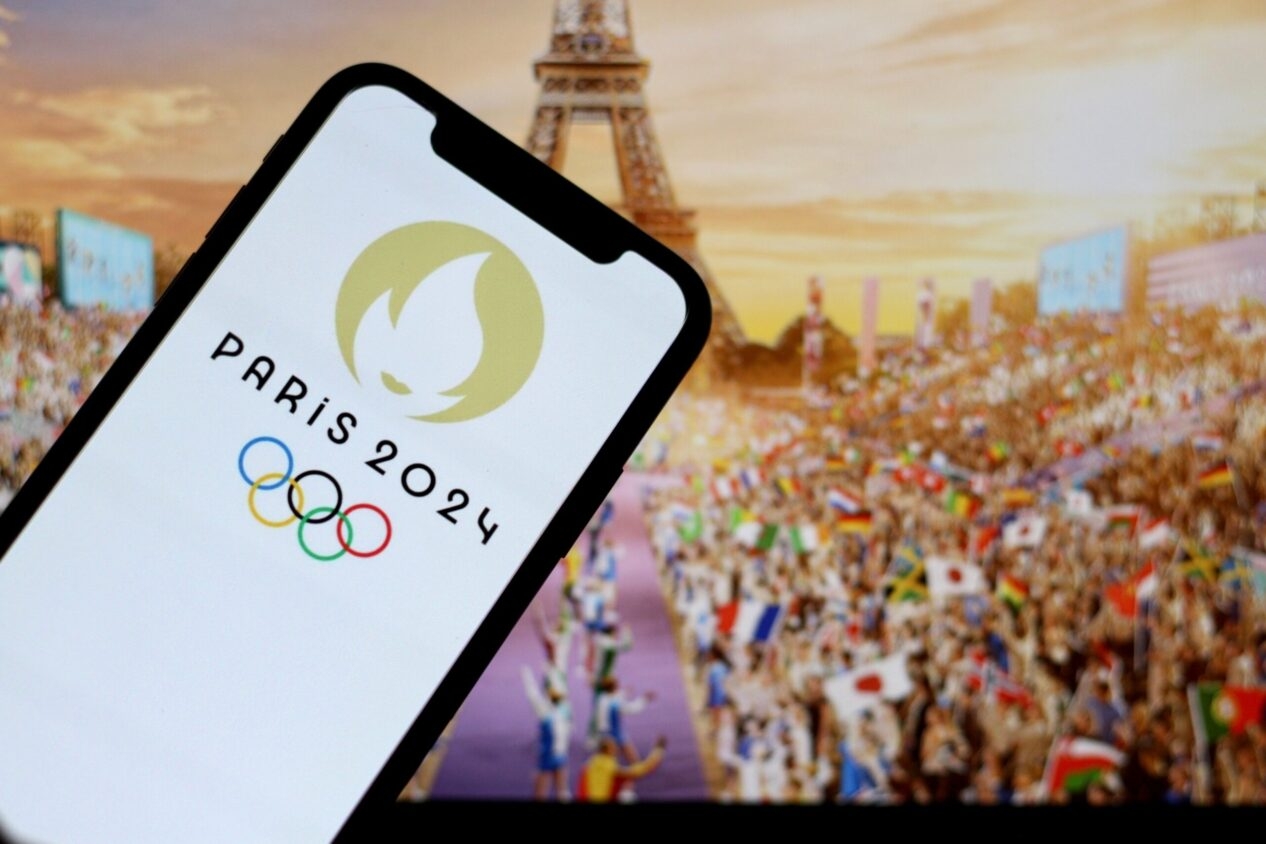How Brands are ‘Winning’ Olympic Gold

As the world embraces the excitement of the Olympic Games, the stakes are high not just for the athletes, but also for the brands that invest heavily in this global spectacle. Companies pour billions into sponsoring athletes, national teams and the games themselves, all in the hopes of capturing the world’s attention and reaping returns on their investments.
But how much do these brands really invest, and what do they expect in return?
NBCUniversal has already announced it will deliver the highest Olympic and Paralympic advertising revenue in history for Paris 2024, which is expected to surpass $1.25 billion. The company has secured more advertisers than Rio and Tokyo combined, with over 70% of Paris advertisers being new and nearly half a billion dollars coming from first-time sponsors. Additionally, digital ad revenue has more than doubled compared to Tokyo, setting a record high.
According to an article from MediaCat and James English, managing partner at global sports and entertainment agency Fuse, the Paris 2024 Olympic and Paralympic Games offer a unique chance for brands to tap into the global excitement. Unlike the largely empty stadiums of Tokyo 2020 and Beijing 2022 due to COVID-19, Paris 2024 marks a return to normalcy for the world’s biggest sporting event. The Olympics and Paralympics are not only major competitions but also significant cultural events that attract international attention. Fans from around the globe will watch and engage with moments of national pride and human endurance. Brands that effectively leverage these events and integrate sports sponsorship into their campaigns will benefit from both short-term and long-term business gains.
When it comes to advertising and sponsorships, brands have three main objectives:
- Awareness
- Persuasion
- Reminding
And they look at several factors when deciding to invest in the Olympics, including:
- Viewership
- Relevance to their target market and audience
- The brand’s alignment to what they are sponsoring or promoting
This makes Olympic involvement distinct from other marketing strategies, as the Olympic audience provides a unique demographic that brands might not reach as effectively through other channels. The Olympic Games are among the few global events capable of drawing a diverse audience to sports they might not typically watch. Research with System1, a creative effectiveness platform, has shown that sports sponsorship in brand activations generates stronger feelings of happiness compared to traditional brand-led advertising. Since happiness is a key emotional driver of purchasing decisions, this positive response can lead to increased market share for brands.
Conducting market research and surveys before and after the Olympic Games is crucial for measuring return on investment (ROI). By establishing baseline metrics for brand awareness and perception before the event, and then evaluating changes, brands can gauge the Games’ impact on visibility and consumer attitudes. That allows brands to link shifts in brand recognition and sentiment to financial performance, such as increased sales and market share.
Also, by tracking digital and social media metrics such as engagement, reach, and conversion rates, brands can evaluate their digital marketing impact. Likes, comments, and other forms of digital engagement show how well content connects with the audience, while reach measures the visibility of the brand’s message across platforms. Conversion rates reveal how effectively these digital efforts lead to desired actions, such as purchases or signups.
What should brands do to maximize their ROI through Olympic sponsorship and ad spend? Be strategic and do their homework.
This preparation minimizes the risk of wasted resources, avoids misalignment with the event, and maximizes the potential for increased brand visibility, positive sentiment, and ultimately, financial gains.
Tom Byrnes is a senior lecturer in marketing in the department of business management.
This post was originally published in Poole Thought Leadership.
- Categories: